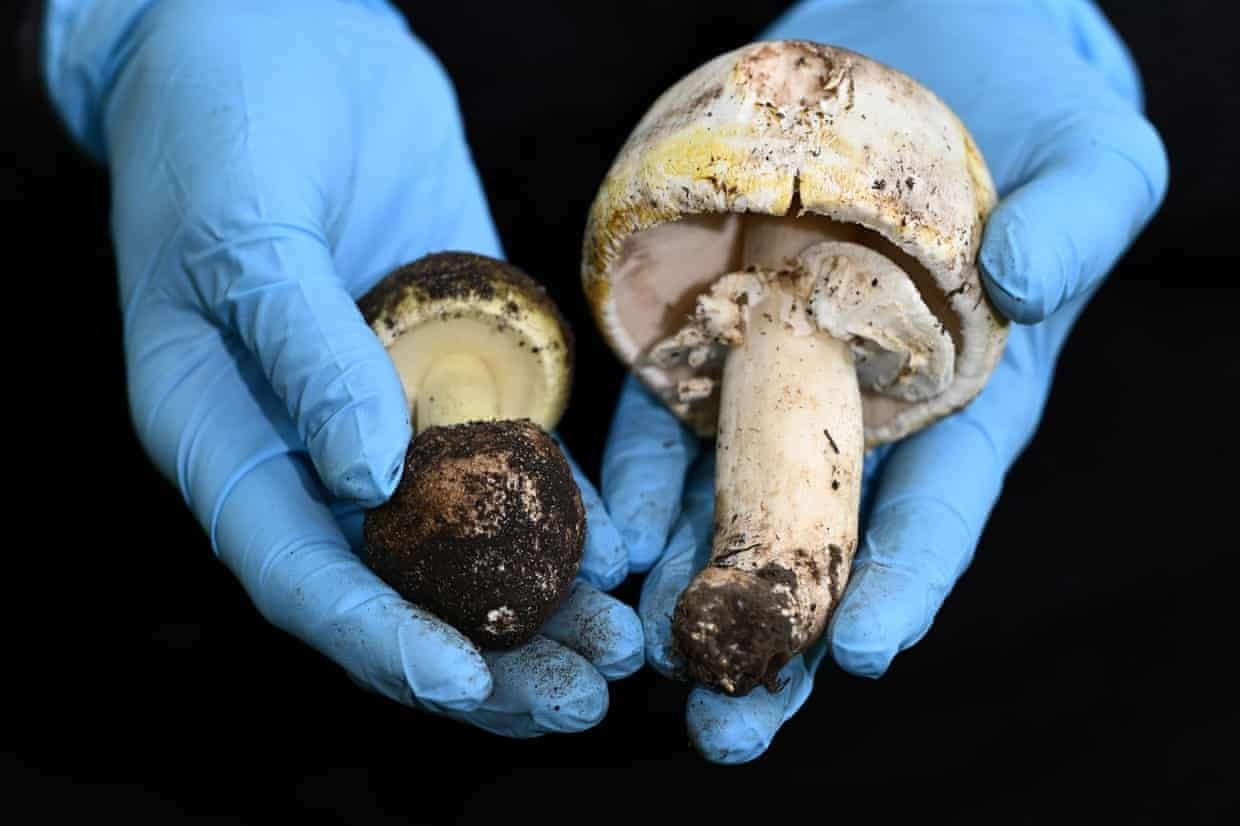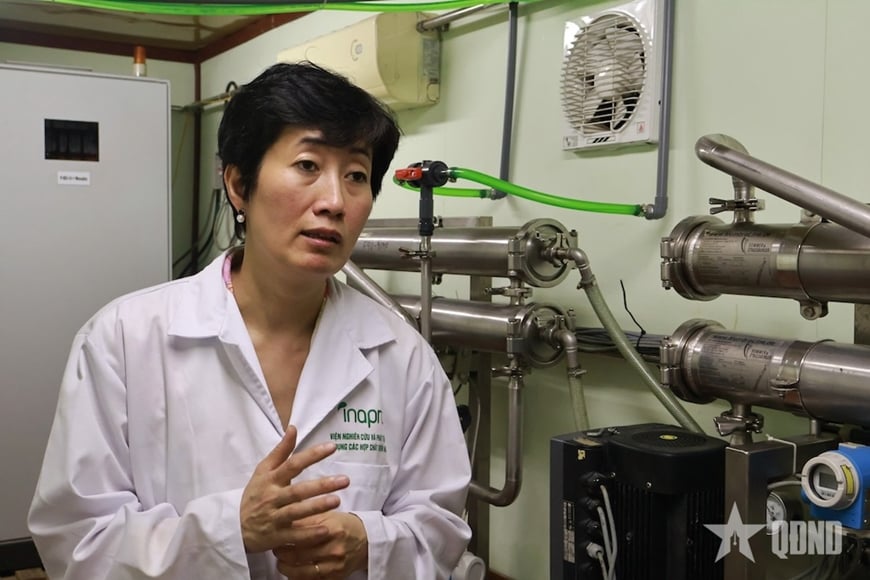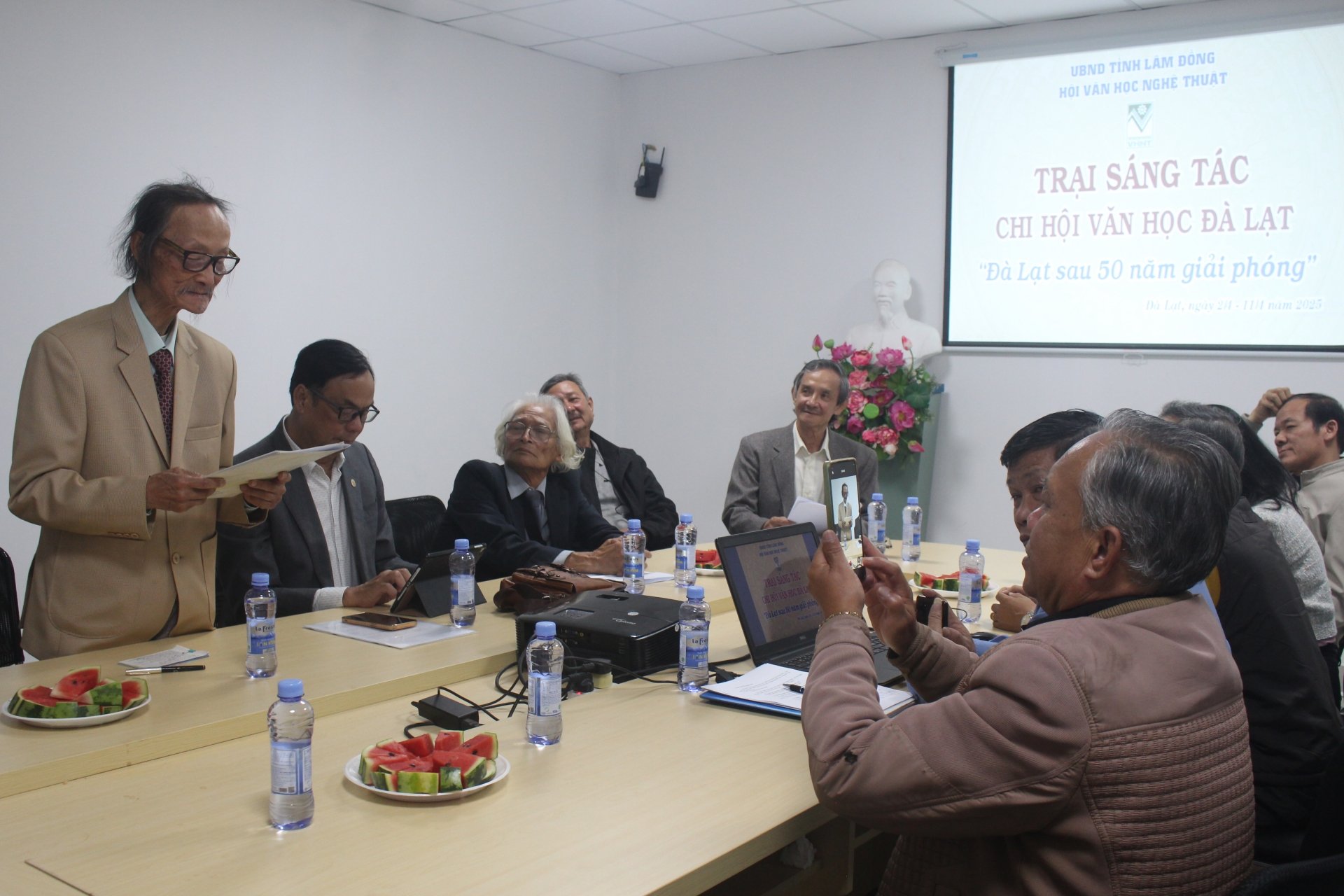
Death cap mushrooms are often confused with other mushrooms.
THE GUARDIAN SCREENSHOT
Scientists believe they have found a potential antidote to the highly toxic substance found in the death cap mushroom, the world's most poisonous mushroom, The Guardian reported on May 17.
Death cap mushroom ( Amanita phalloides ) accounts for about 90% of mushroom-related poisonings worldwide. This mushroom contains a toxin called α-Amanitin, a peptide that causes kidney and liver failure.
Australian and Chinese researchers have found that ICG, a dye approved in the US for use in medical imaging, appears to block the harmful effects of α-Amanitin.
Study co-author Professor Wang Xiaoping at Sun Yat-sen University in Guangzhou, China, said that there had never been an antidote for the death cap mushroom before "because we didn't know much about how the toxin in the mushroom kills cells."
In laboratory tests on mice as well as human cell lines, scientists found that ICG could prevent liver and kidney damage caused by α-Amanitin. It also improved survival after poisoning.
“Although the results are promising, further clinical trials are needed to determine whether ICG has the same effects in humans,” said Wang.
Professor Brett Summerell, a mushroom expert and chief scientist at the Royal Botanic Gardens Sydney (Australia), said the death cap mushroom is "extremely dangerous and poisonous", while often mistaken for other mushrooms because of its similar appearance.
“The death cap mushroom in its early stages of growth may resemble a number of mushrooms that are popular, particularly in a range of Asian cuisines,” said Summerell, who was not involved in the study.
Source link

































![[Photo] "Beauties" participate in the parade rehearsal at Bien Hoa airport](https://vstatic.vietnam.vn/vietnam/resource/IMAGE/2025/4/11/155502af3384431e918de0e2e585d13a)






























































Comment (0)